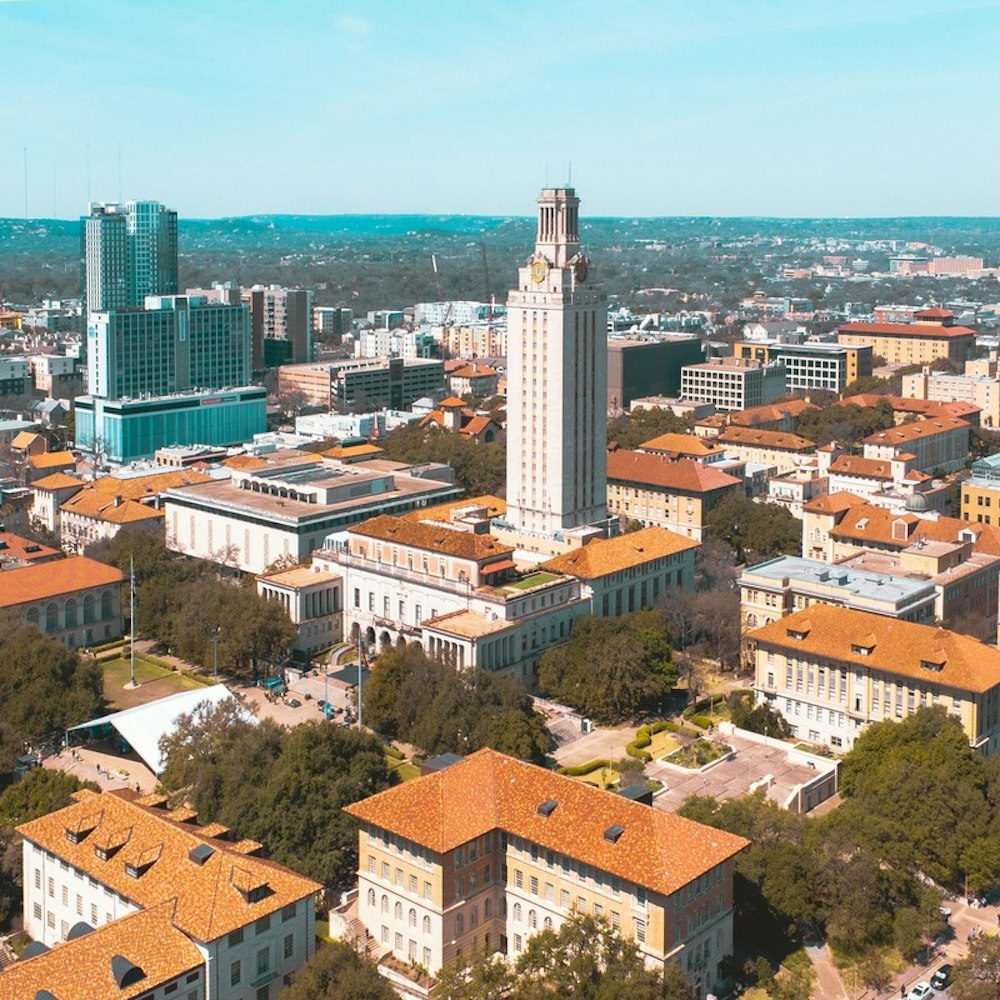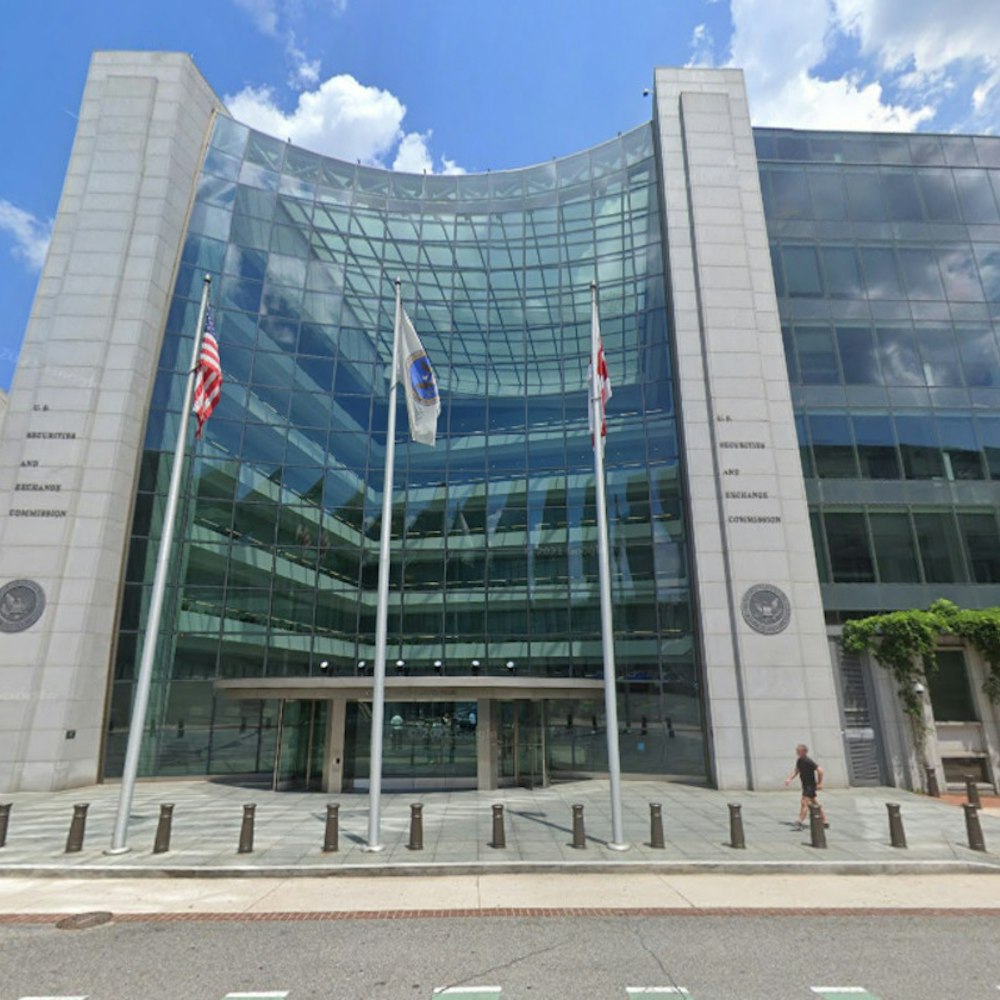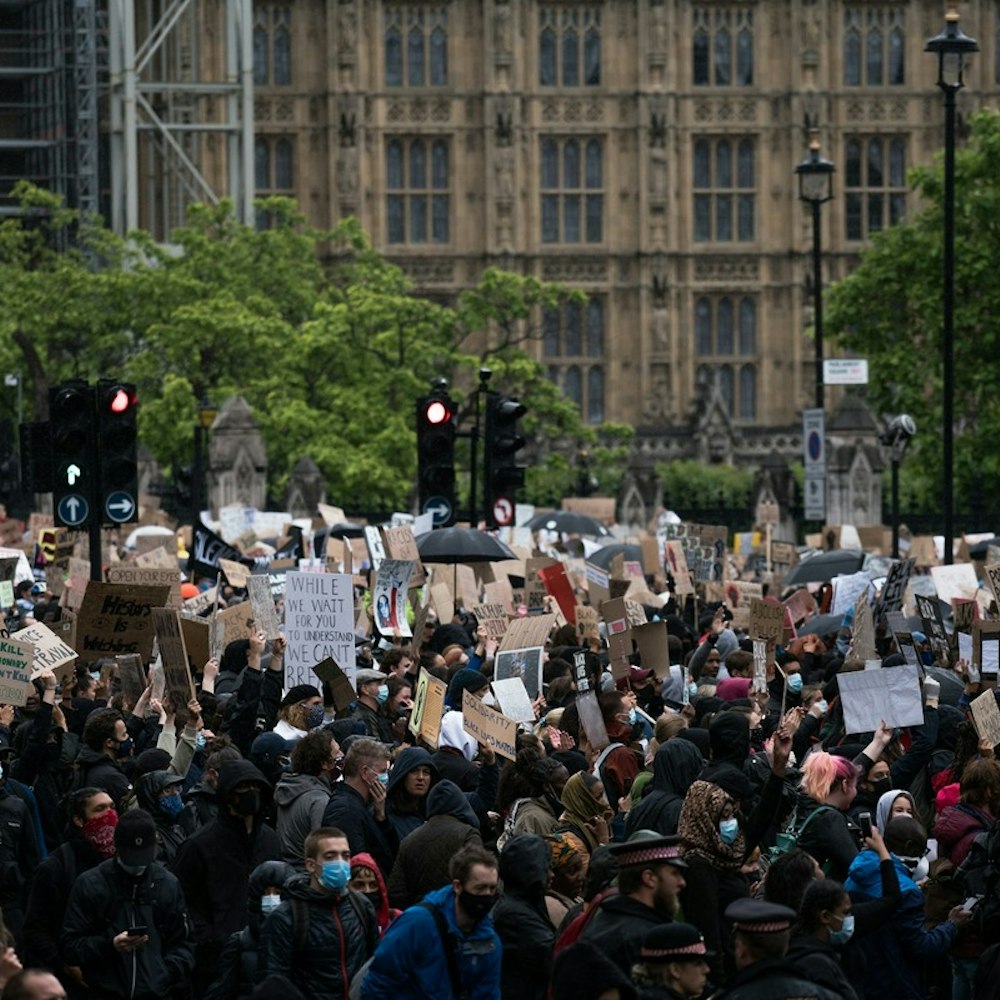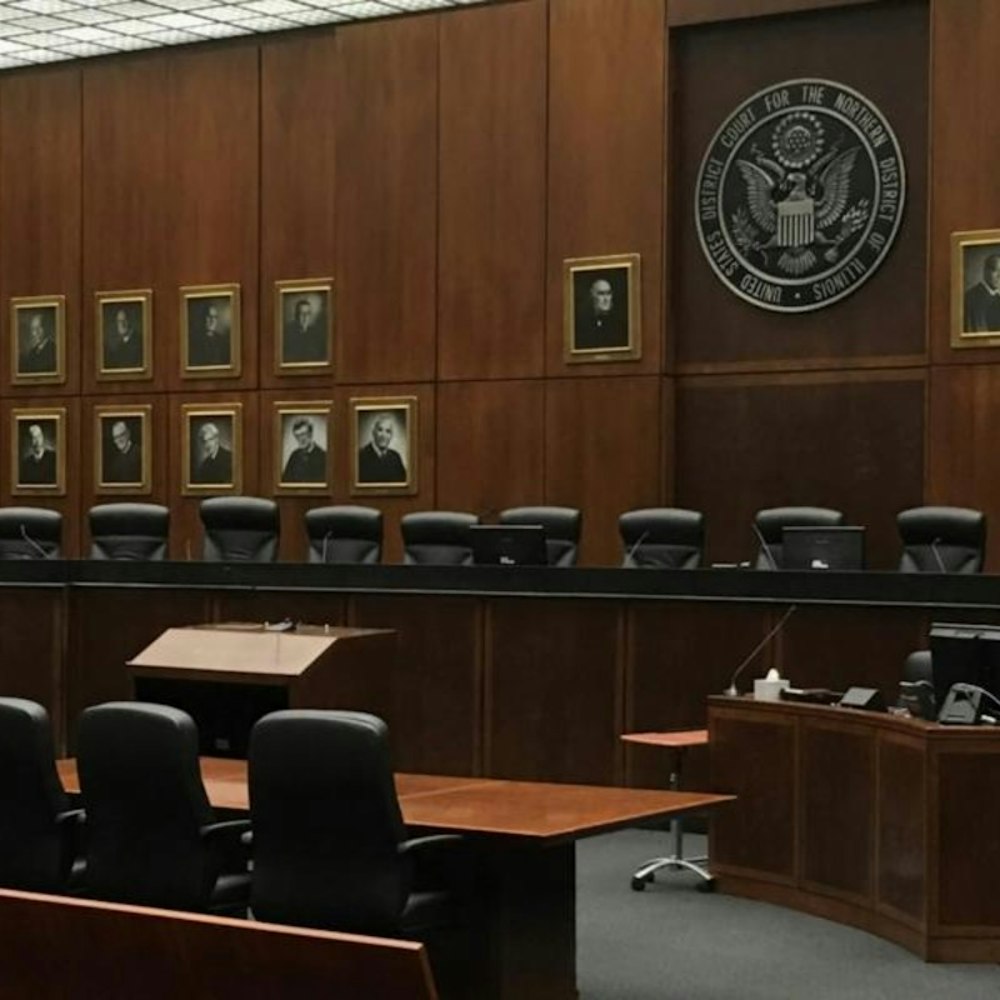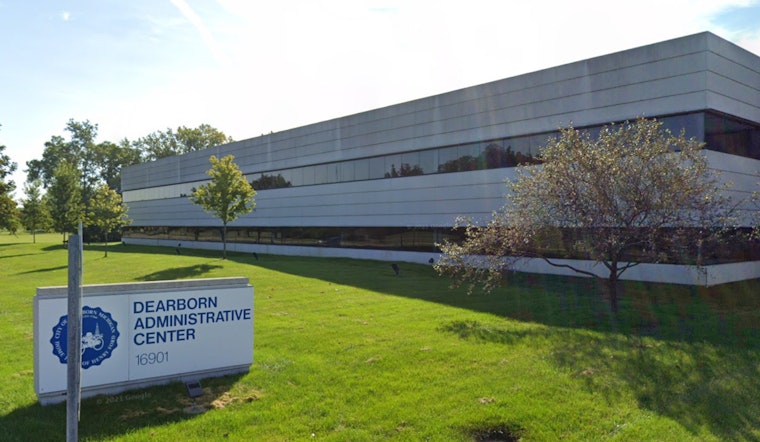
Residents of Dearborn, Michigan have raised alarms as the numbers of coyote sightings within city limits are on the rise. Mayor Abdullah Hammoud took to Facebook to address the community's growing concerns, citing an "increasing number of calls for concern from residents," as reported by CBS Detroit. Hammoud mentioned reports of coyotes attacking house pets and the unease felt by parents with young children and pets.
The situation has become dire enough that city leaders are considering a variety of interventions. While no incidents of coyotes attacking humans in Dearborn have been reported, the city remains vigilant. According to a FOX 2 Detroit interview, the frequency of these sightings along the Rouge River and near residential areas has escalated discussions about setting coyote traps, a possibility that draws mixed reactions from locals.
One Dearborn resident, expressing her reservations about the trapping, told FOX 2, "No, I don’t like that idea at all," emphasizing the importance of non-cruel interventions. The city has yet to sign contracts for trapping, but the police have been in consult with vendors exploring the potential options, a path signaling caution and preparedness rather than immediate action.
Moreover, encounters such as one reported by a local, named Moses in a WXYZ interview, where a coyote approached his parents' back door, are feeding into the community's anxiety. "I definitely think that they should be caught," Moses said, prioritizing the safety of small children. Advising residents, some experts suggest clapping or yelling to frighten away coyotes and removing food sources that attract their prey near homes.
Conversations about potential solutions will further unfold at a city council meeting, set to take place at 7 p.m. tomorrow, April 4. Residents are encouraged to participate, to voice their thoughts and hear the options under consideration. The meeting aims to strike a balance between human safety and respect for the region's wildlife, a discussion that bears weighty implications for the community's co-existence with nature.


